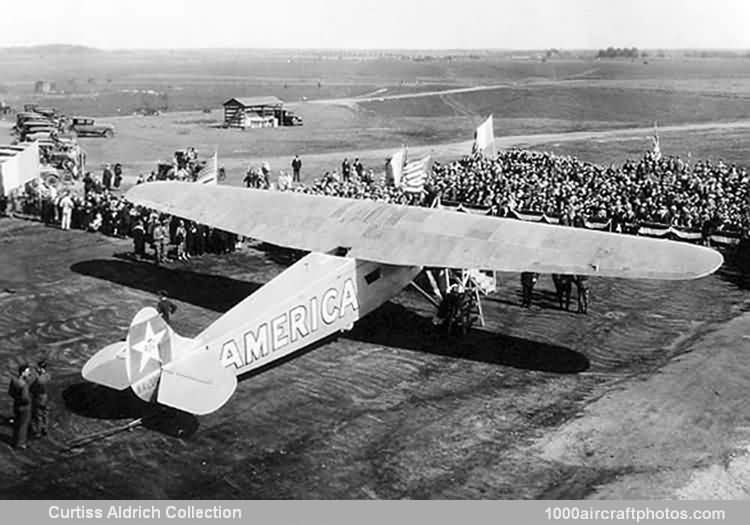12/31/2010. Remarks by Johan Visschedijk: "In the autumn of 1925 the USAAS tested the prototype Fokker F.VIIa-3m, which had been rushed to completion in Holland for the first Ford Reliability Tour. As a result of this testing, three similar eight passenger transports, with the designation C-2 and s/n 26-202 to 26-206, were ordered from the Fokker Aircraft Corporation of America at Teterboro Airport, New Jersey. These differed from the prototype mainly in the use of 220 hp Wright J-5 engines instead of J-4s, a redesigned pilot's cockpit, and a larger fuselage.
It was decided that the first C-2 would be used for an USAAS transpacific flight, so 26-202 was completed as a long-range machine with a special Holland-built wing of 71 ft 2 in (21.69 m) span in place of the standard 63 ft 6 in (19.35 m) C-2 wing. Under the name "Bird of Paradise", this aeroplane made the first transpacific flight, 2,400 mls (3,862 km) from Oakland to Honolulu, piloted by Lieutenants Lester J. Maitland and Albert Hegenberger, on June 1, 1927.
Eight C-2As (s/n 28-119 to 28-126) ten-passengers transports were ordered, using a long wing similar to that of the first C-2. By far the best known of these was 28-120, named the "Question Mark", which established an air-refueling endurance record of 150 hours in January 1929. The 28-126 had its engines changed to 330 hp Wright J-6-9 R-975, and became the XC-7. It and four other C-2As similarly re-engined became C-7s. The six production C-7As (s/n 29-407 to 29-412) had a slightly larger wing, new vertical fins and fuselages patterned after the commercial Fokker F-10s."
